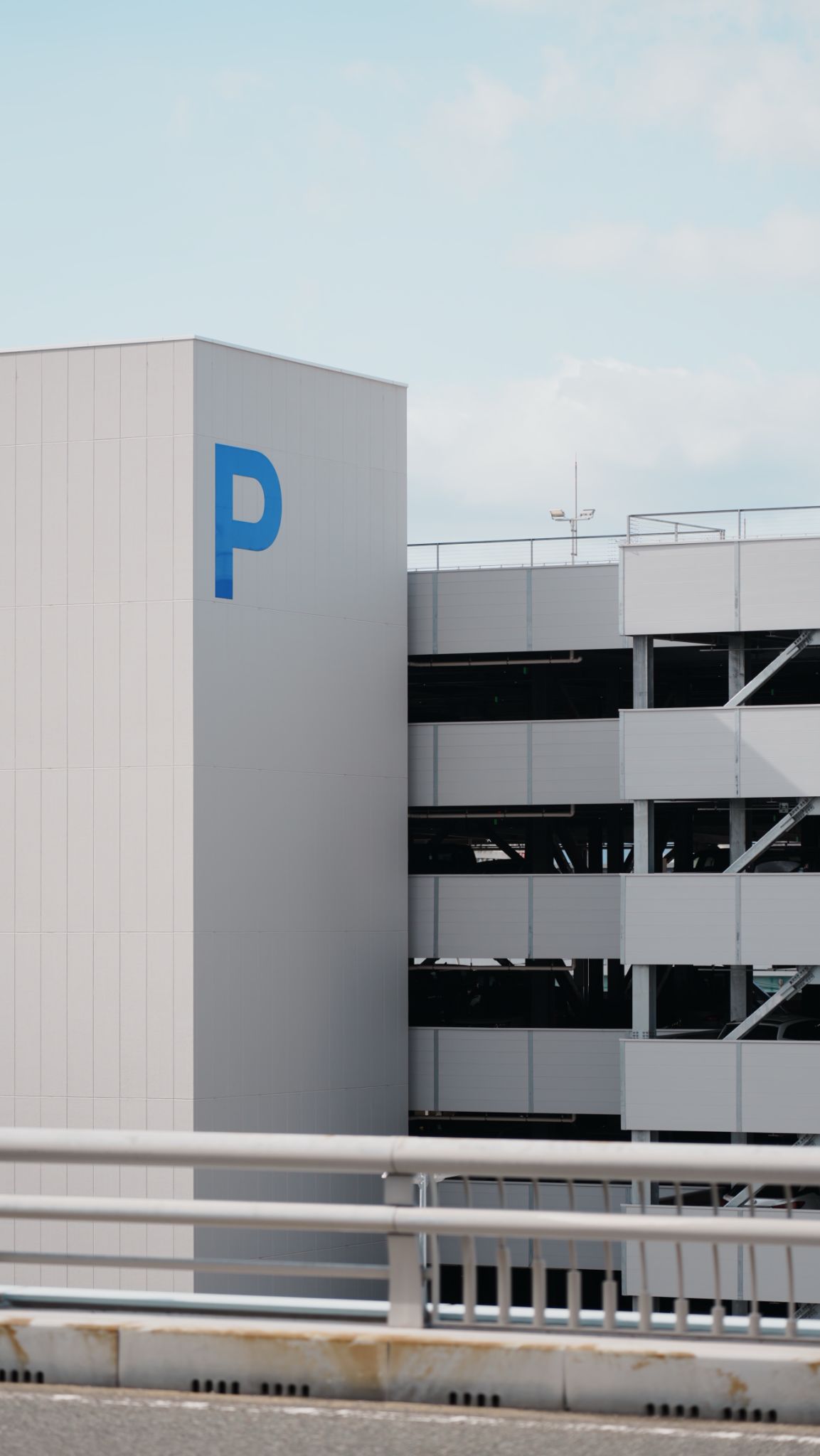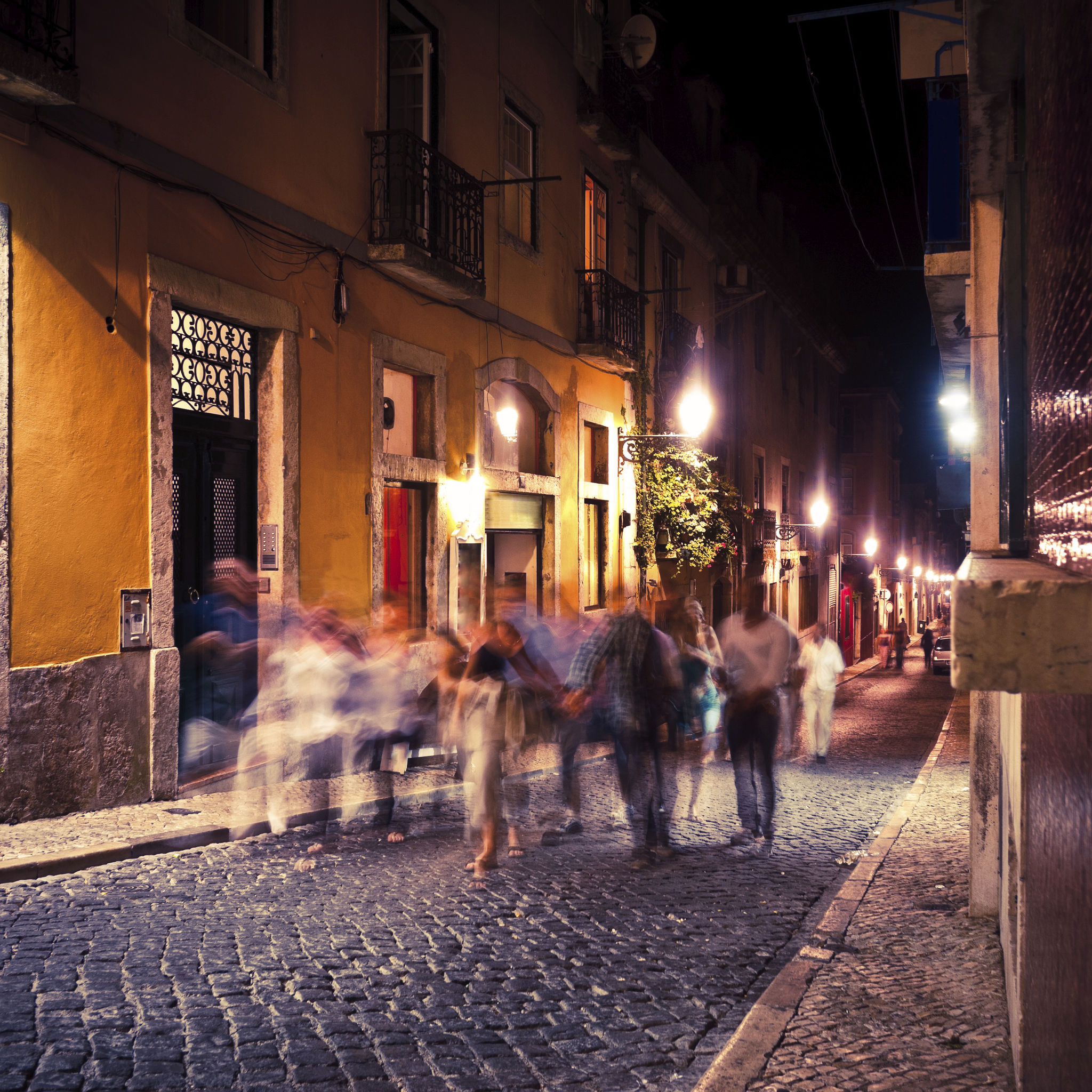Case Study: Transforming Historical Buildings into Modern Spaces in Lisboa
Introduction to Lisboa's Architectural Transformation
Lisboa, a city renowned for its rich history and cultural heritage, has witnessed a remarkable transformation in recent years. Historical buildings, once relics of the past, are being reimagined as modern spaces that cater to contemporary needs while preserving their historical essence. This case study explores how Lisboa is embracing this trend, blending the old with the new in a way that respects the city's unique architectural narrative.

The Significance of Historical Preservation
Preserving historical buildings is more than just an aesthetic choice; it's a commitment to maintaining the cultural integrity of a city. In Lisboa, where each street tells a story of the past, transforming these buildings into modern spaces serves as a bridge between history and innovation. This approach not only safeguards the past but also breathes new life into structures that might otherwise fall into disrepair.
Key to this transformation is the collaborative effort between architects, historians, and city planners. Their combined expertise ensures that renovations respect the original architecture while integrating modern amenities that make these spaces functional for today's users.
Case Study: Successful Transformations
Some of the most notable projects in Lisboa include the adaptation of former industrial sites and palatial residences into vibrant hubs for business and leisure. A prime example is the LX Factory, once a textile factory that now houses a dynamic mix of shops, restaurants, and creative spaces.

Another fascinating transformation is the conversion of the Palácio Chiado, a 19th-century palace, into a modern culinary destination. By retaining its opulent interiors and adding contemporary design elements, it offers visitors a unique dining experience that honors its storied past.
Challenges in Modernizing Historical Buildings
Despite the success stories, transforming historical buildings into modern spaces in Lisboa does come with its challenges. Maintaining structural integrity while introducing new technologies can be complex. Additionally, adhering to strict preservation guidelines can limit the extent of modifications possible.
- Balancing historical authenticity with modern functionality
- Navigating regulatory requirements
- Ensuring sustainability in renovations

The Role of Technology in Preservation
Technology plays a crucial role in these transformations. Advanced 3D modeling and virtual reality tools allow architects to visualize changes before they happen, ensuring that renovations will blend seamlessly with existing structures. These technologies also enable more precise restorations, preserving intricate details that define Lisboa's architectural heritage.
Moreover, sustainable technologies are being integrated into these projects to reduce environmental impact. Energy-efficient systems and materials are employed to ensure that these buildings remain functional and sustainable for future generations.
Impact on Community and Tourism
The transformation of historical buildings in Lisboa has had a significant impact on both the local community and tourism. These modernized spaces attract visitors from around the world, boosting local businesses and encouraging cultural exchange. For residents, these projects provide new opportunities for employment and engagement with the city's cultural heritage.

Additionally, by preserving historical landmarks, Lisboa strengthens its identity as a city that values its past while looking towards the future. This dual focus enhances the city's appeal as a destination for those interested in history, architecture, and innovation.
Conclusion: A Model for Urban Development
Lisboa's approach to transforming historical buildings into modern spaces serves as a model for urban development worldwide. By prioritizing preservation while embracing modernity, the city demonstrates how history and innovation can coexist harmoniously. This case study highlights the potential for other cities to adopt similar strategies, ensuring that historical architecture remains relevant and vibrant in the modern age.
